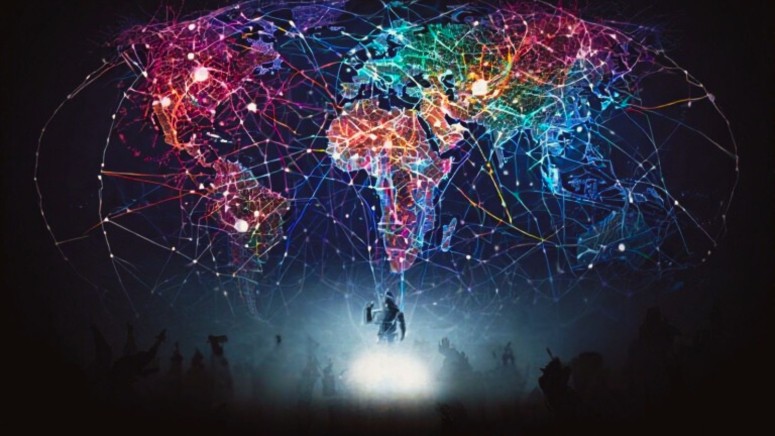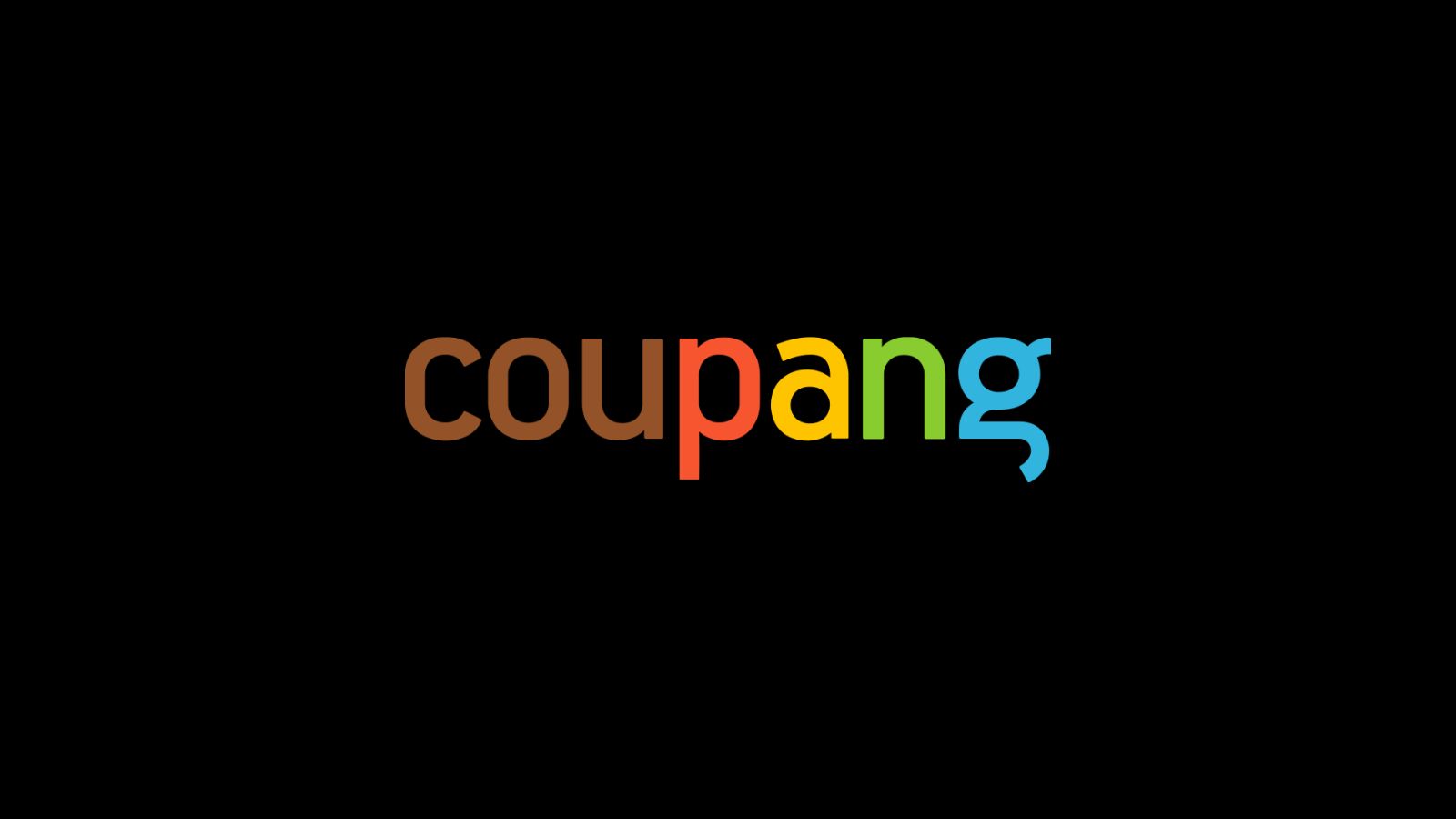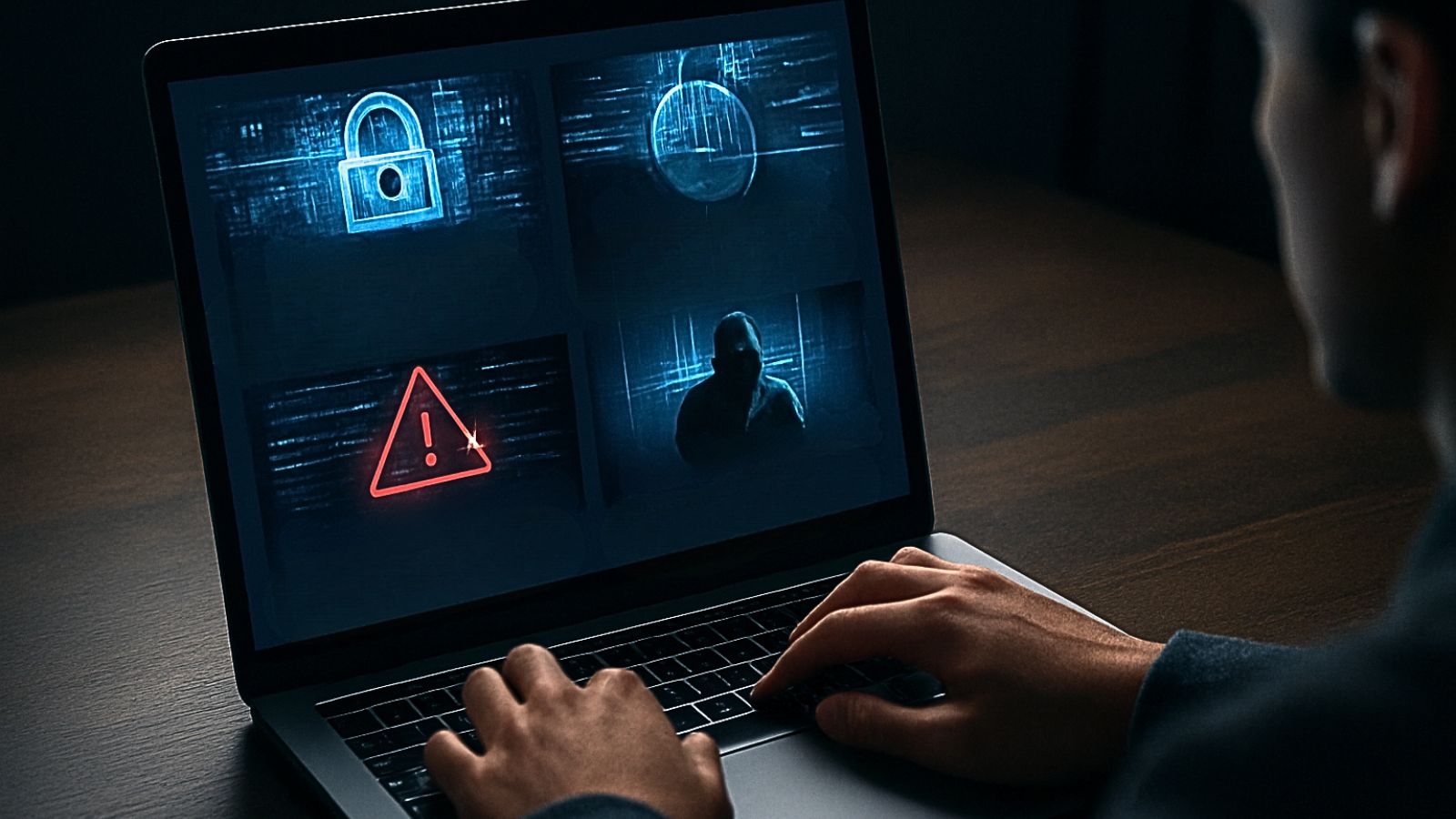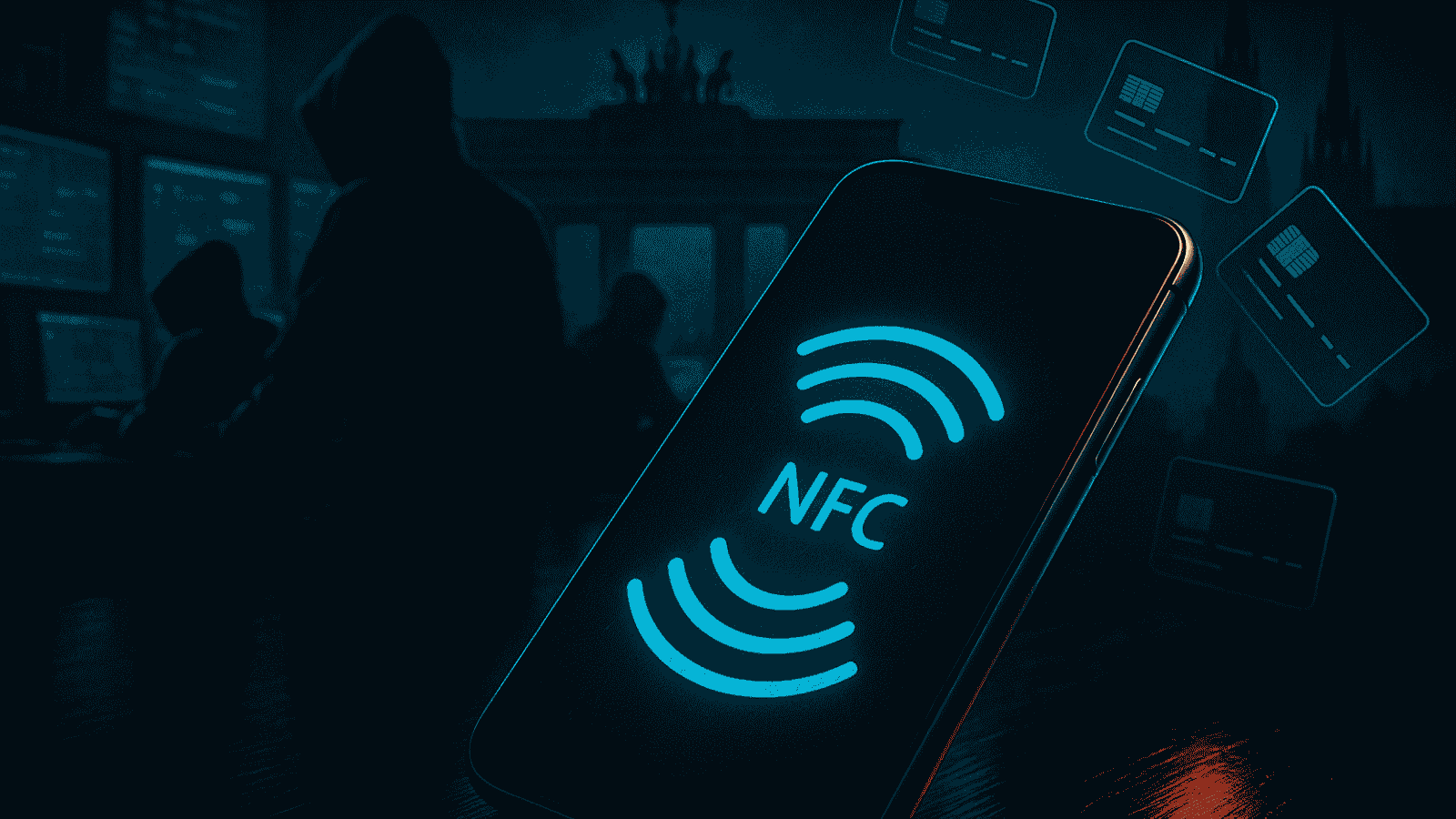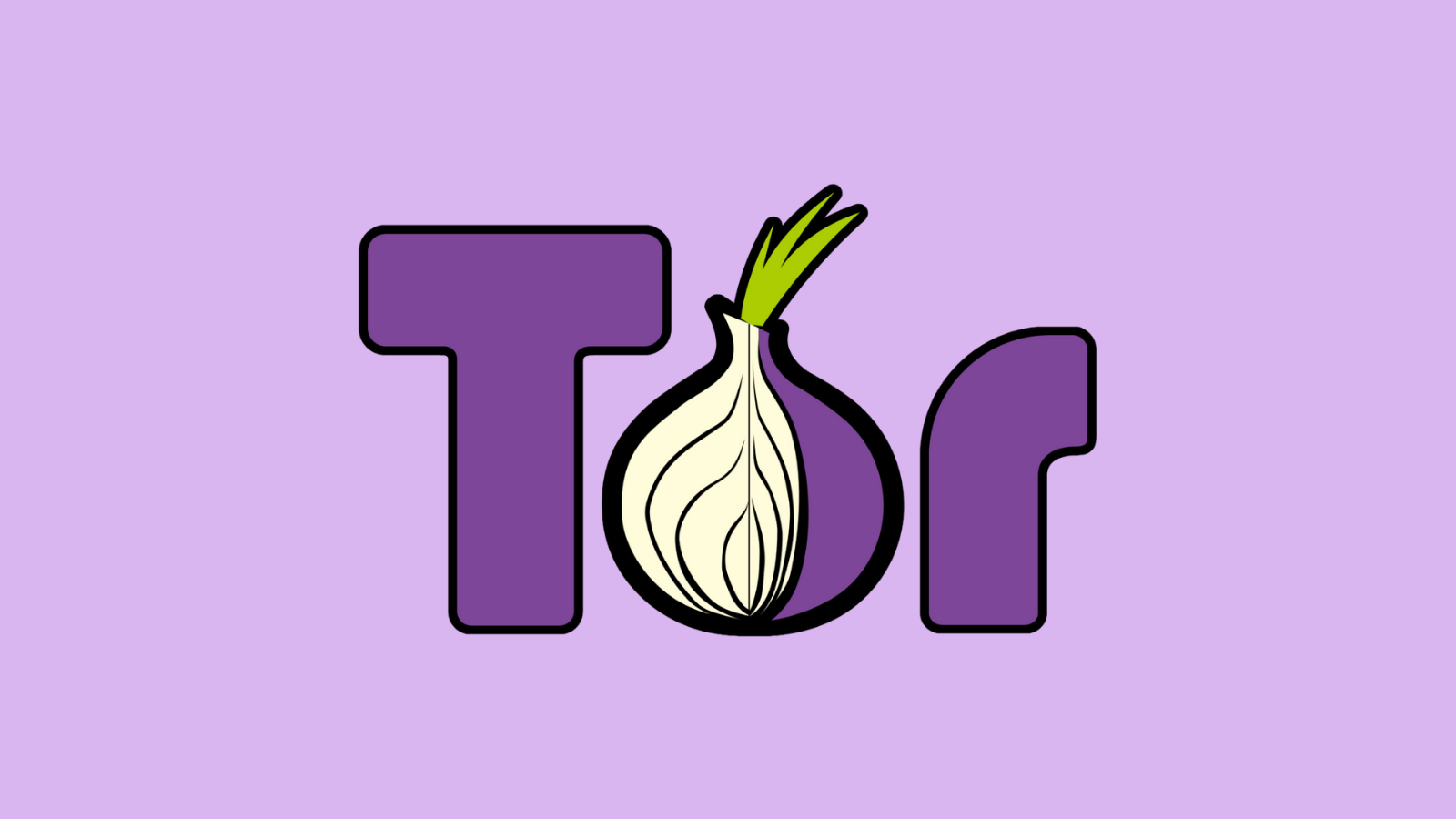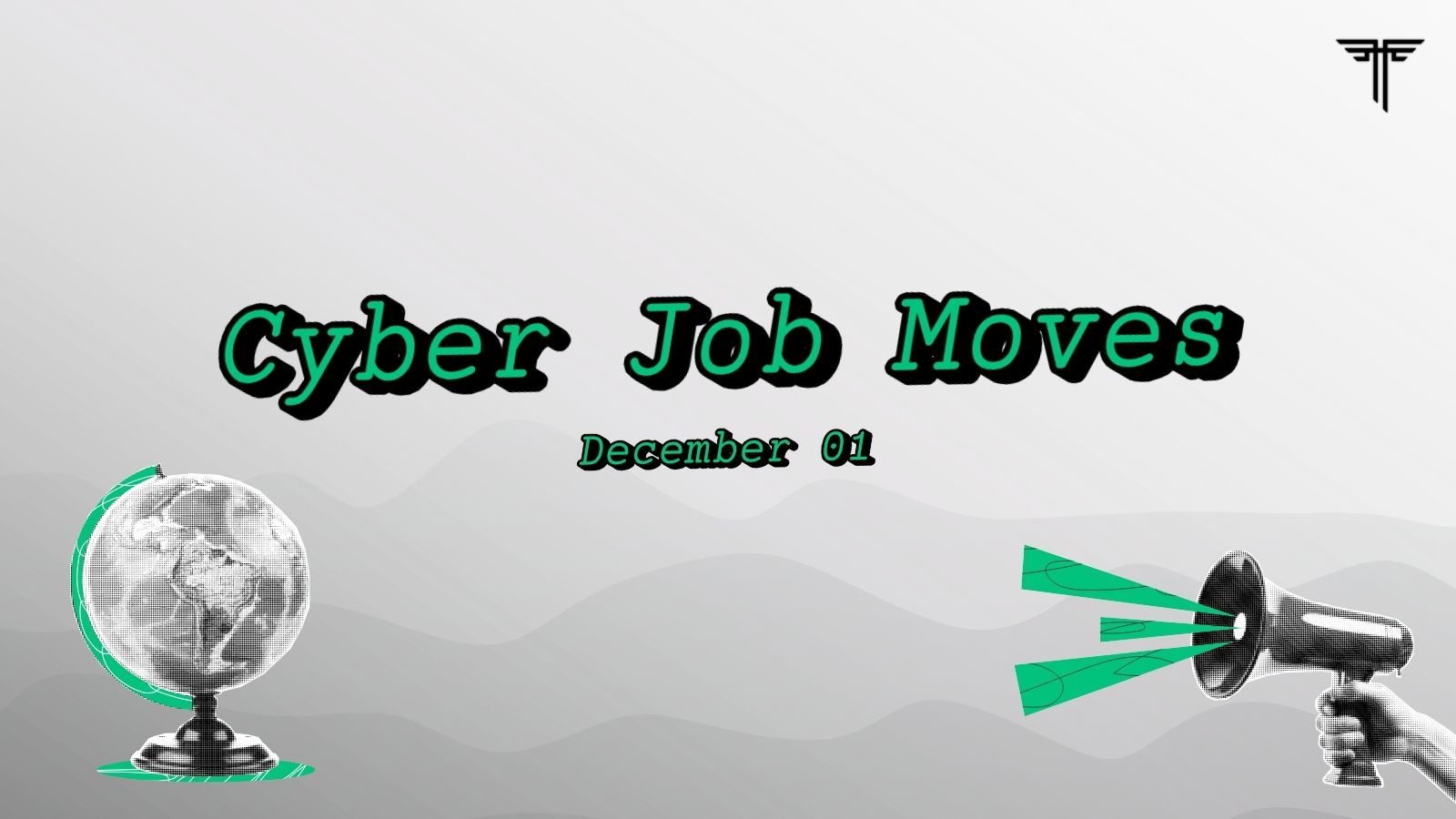
Rising Cyber Storm: Navigating Ransomware, Hacktivism, and Geopolitical Conflict
- The global cyber threat landscape witnessed a rise in financially motivated ransomware attacks
- Within a year, the USA suffered 1,736 attacks while NoName057(16)'s 63 DDoS attacks) made them the top weekly threat actor
- Israel was the most targeted country, with the government sector receiving the highest number of attacks
The global cyber landscape has shifted significantly in the past year, with some regions experiencing up to a 3,000% increase in suspected scam notifications. This report highlights the global situation of cybercrimes and offers helpful information on key areas needing robust security.
A significant surge in ransomware activity was observed within a year, with the USA reporting 1,736 ransomware attacks, followed by Canada with 196 attacks, the UK, 140, Germany, 127, and Italy, 75.
It was followed closely by Brazil, 71, France, 69, Australia, 58, Spain, 54, and India, 53. The research highlighted that the UK experienced an increase while Japan and Taiwan witnessed a decrease number of cyber attacks in the past 12 months.
Another weekly cyber attack report unveiled that overall, there were 295 cyberattacks observed across 40 countries.
The most active threat actor group was NoName057(16), which claimed responsibility for 63 attacks between 18 and 24 June, 2025. Based on their well-documented history, the type of attack primarily launched by NoName057(16) is a Distributed Denial of Service (DDoS).
The report was based on publicly available data on the clear web and dark web for the past week. Other important observations were as follows:
- Noname was followed by Keymous+ hacktivist group with 40 cyber attacks
- The top five cyber threat actors list also included Mysterious Team Bangladesh (27), Qilin (17), and Server Killers (14)
- The top industries that suffered the highest cybercrimes were government/ military/ law enforcement agencies (64), followed by finance/ insurance (38), transportation/ storage (29), manufacturing (24), and organizations (19)
- The highest targeted countries witnessed Israel suffering 80 attempts, the USA 57, Japan 23, Jordan 16, and Ukraine 12
- The top five impacted victims were Nobitex, IRIB, Tonga’s National Health Information System (NHIS), Asp Palermo, and Coreix Cloud Services Limited
These findings point to the dual threats of financially motivated ransomware attacks and the growing prominence of hacktivist groups. Hacktivist groups do not always aim to steal data or extort the targeted companies; their primary goals are often to instill fear, cause disruption, and express their wrath or support towards specific countries or causes due to geopolitical tensions.
The targeting of Israel being the most affected in the past week reiterates this, particularly considering the current situation between Israel and Iran. The USA’s status as a superpower with a highly digitized infrastructure makes it a consistent target, attracting nation-state actors.
This is a hyper-active and politically charged cyber landscape, largely perpetrated by cyber-aware individuals and organized groups, predominantly hacktivists who are motivated by a message and possess increasingly sophisticated capabilities and often adequate resources.
It is time companies accept that hacktivists are looking for them because of geopolitical conflicts and their affinities with one side of the warring nations. Accepting this new reality is the first crucial step for businesses.
Companies need to assess their risk landscape based on their affinities, geographic presence, and the nature of their business. Besides these, there should be adequate supply chain defenses.
The report indicates that the financial/insurance sector is among the top targeted industries (38 attacks), reflecting its attractiveness to skilled hackers.
It is important to assign a cybersecurity budget, enhance DDoS mitigation services, opt for proactive threat intelligence, and have a robust response plan in place, all while prioritizing data privacy best practices to mitigate the risk of lawsuits and regulatory fines.

